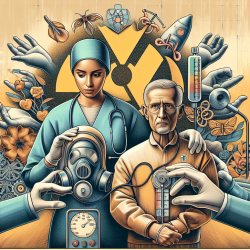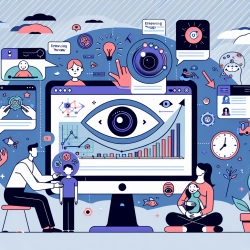Implementing WHO's Right to Health: A Guide for Practitioners
The research article "1945–1964 WHO’s Right to Health?" by Linda M. Richards provides a comprehensive examination of the historical interplay between the United States Atomic Energy Commission (USAEC), the World Health Organization (WHO), and the International Atomic Energy Agency (IAEA) in the context of radiation regulation. This narrative highlights the challenges WHO faced in advocating for a human right to health, including protection from radiation contamination, amidst competing state-centric models of radiation regulation.
For practitioners in the field of special education and beyond, understanding the outcomes of this research can enhance their skills in advocating for and implementing health rights. Here are some key takeaways and suggestions for further research:
Key Takeaways
- Human Right to Health: WHO's vision of health as a fundamental human right includes protection from environmental and radiation hazards. Practitioners should incorporate this holistic view into their advocacy and program development.
- Understanding Regulatory Frameworks: The USAEC's influence on radiation regulation demonstrates the importance of understanding regulatory frameworks that impact public health. Practitioners should familiarize themselves with these frameworks to better advocate for their students and communities.
- Interagency Collaboration: The historical competition between WHO, USAEC, and IAEA underscores the need for effective interagency collaboration. Practitioners should seek to build networks and partnerships that enhance their ability to address complex health issues.
Encouraging Further Research
Practitioners are encouraged to delve deeper into the historical and current dynamics of health regulation and human rights. Further research can provide valuable insights into how these dynamics affect policy and practice in education and public health.
Practical Implementation
To effectively implement the outcomes of this research, practitioners should:
- Advocate for policies that prioritize the human right to health, including protection from environmental hazards.
- Engage in professional development opportunities that enhance understanding of regulatory frameworks and interagency collaboration.
- Participate in interdisciplinary networks that foster collaboration and innovation in addressing public health challenges.
By integrating these strategies into their practice, educators and health professionals can contribute to a more equitable and health-conscious society.
To read the original research paper, please follow this link: 1945–1964 WHO’s Right to Health?










